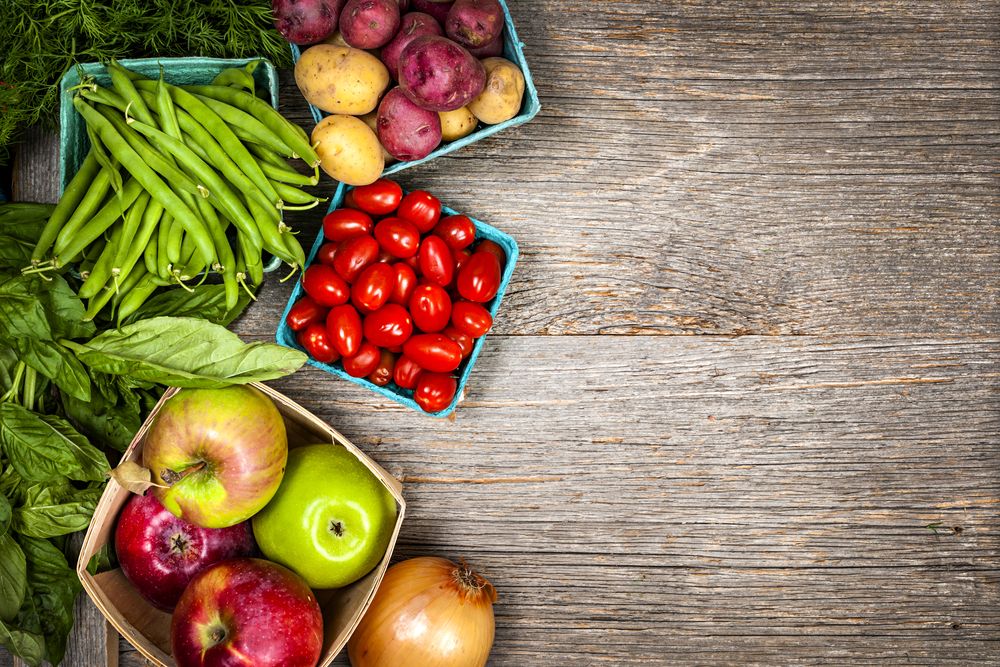Weight loss can often feel like an endless journey, filled with calorie counting, portion control, and the quest for satisfying yet healthy recipes. However, what if we told you there are foods you can enjoy almost limitlessly without worrying about weight gain? Yes, it's true! With the right tips, tricks, and knowledge, meal preparation and grocery shopping for weight loss can become both enjoyable and fulfilling.
From nutrient-packed fruits like pumpkin and raspberries to irresistible snacks such as popcorn and brown rice cakes, the foods listed below are not only filling and low in calories but also won't sabotage your weight loss goals. For example, fruits provide carbohydrates from natural sugars and offer volume, allowing you to consume generous portions. Additionally, foods rich in complex carbohydrates provide sustained energy and promote satiety, keeping you feeling full for longer periods.
Keep reading to delve deeper into these options and prepare to refresh your grocery list.
1) Watermelon
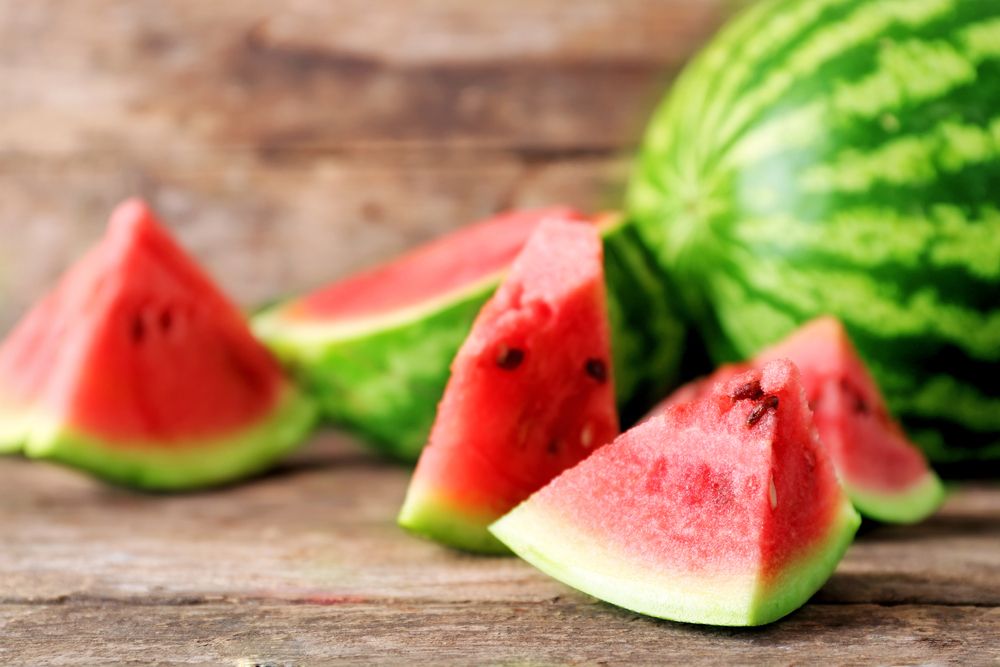
Indulging in freshly sliced watermelon on a scorching summer day is a pleasure many can't resist. When you're next at the store, don't hesitate to grab one. A cup of diced watermelon will set you back only around 46 calories, and its high water content ensures you feel satisfied.
"Watermelon also offers excellent nutrition, including potassium and antioxidants like vitamin C," notes Annette Snyder, MS, RD, CSOWM, LD from Top Nutrition Coaching. "It's particularly beneficial post-exercise as it's gentle on the stomach due to its low fiber content, yet it effectively hydrates and replenishes the electrolyte potassium lost through sweat."
2) Apples
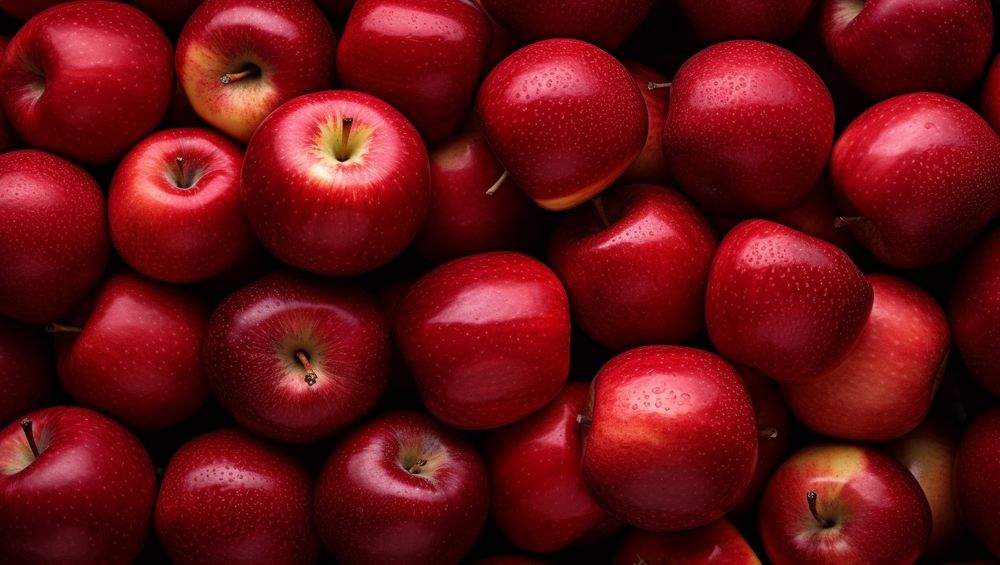
Apples are another fruit that deserves a permanent spot in your kitchen. A large apple clocks in at approximately 148 calories and boasts five grams of fiber.
"The soluble fiber found in apple flesh slows down the digestion process, promoting prolonged satiety," explains Snyder. "Their crunchy texture requires substantial chewing, aiding in portion control by slowing down consumption and allowing you to recognize when you're reaching fullness. Additionally, apples contain polyphenols believed to combat abdominal fat accumulation, particularly the less desirable type."
3) Popcorn
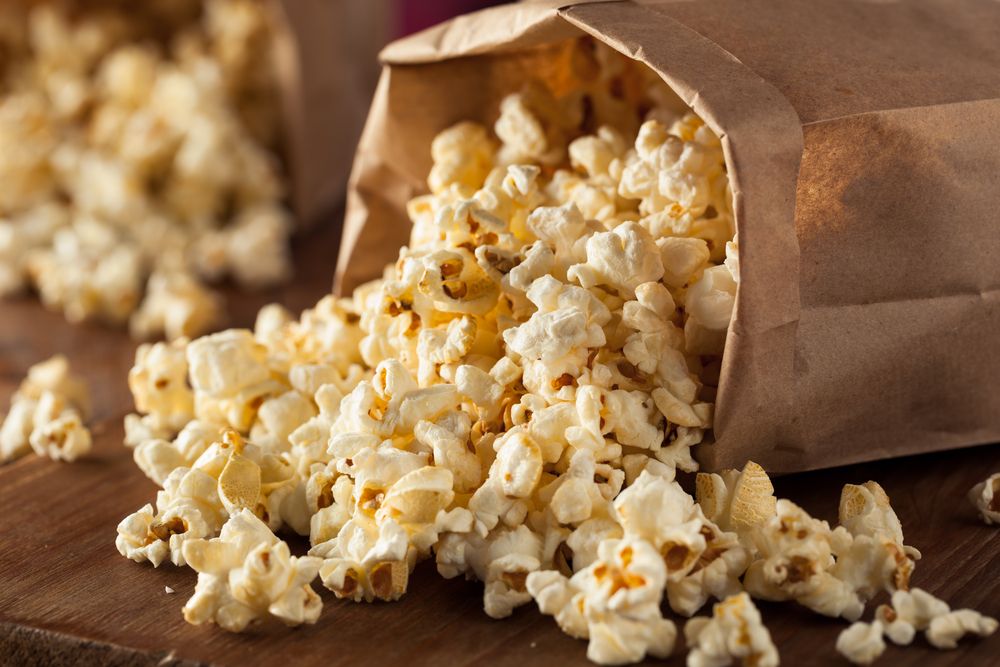
When it's snack time, consider whipping up some homemade popcorn for a nutritious whole grain option. One cup of air-popped popcorn contains just 31 calories, along with one gram each of protein and fiber.
However, Jessica G. Anderson, MS, RD, CSSD, LD, ACSM EP-C, a board-certified sports dietetics specialist from Top Nutrition Coaching, advises caution when selecting flavorings. "Popular choices like butter, oils, cheese, and caramel/sugar can quickly turn popcorn into a high-calorie treat," she warns.
For homemade popcorn, Anderson suggests using avocado or olive oil cooking spray and opting for lighter toppings such as pickles, herbs, spices, balsamic glaze, or jalapenos to add flavor. If you're shopping for pre-packaged options, Anderson's recommendation is 365 Whole Foods Market Organic No Oil or Salt Added Microwave Popcorn.
4) Slightly Green Bananas
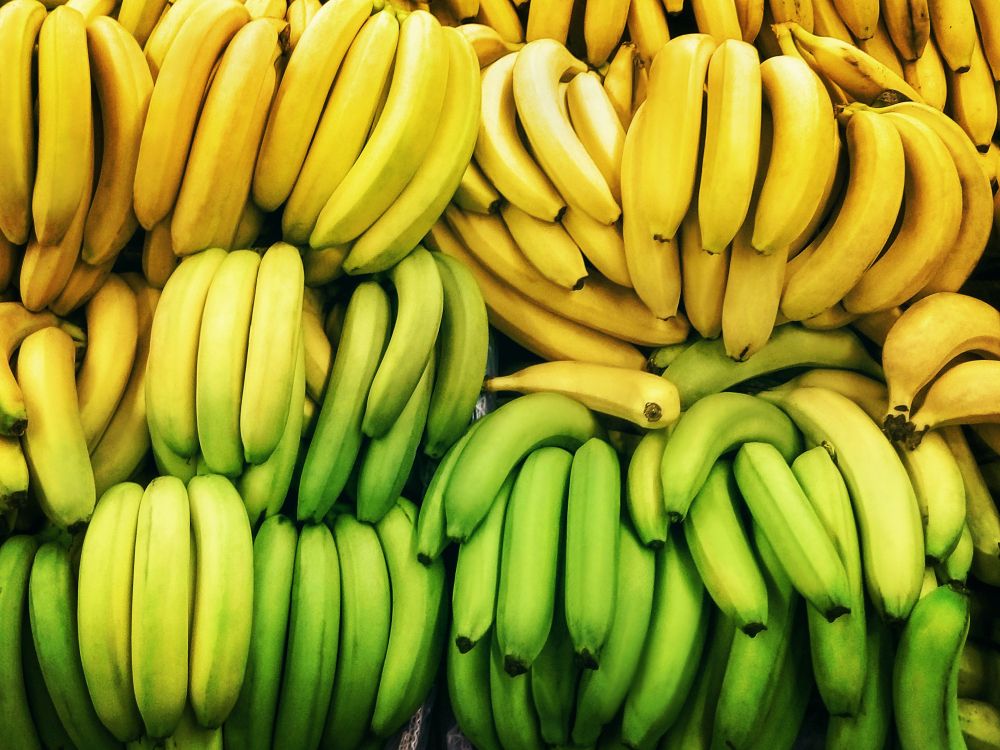
Opt for a slightly green banana, indicating it's not fully ripe, to benefit from its abundance of resistant starch and pectin, both of which aid in promoting satiety.
"As bananas ripen, their starch content is converted into simpler sugars, resulting in a ripe banana containing only 1% resistant starch," explains Snyder. "Resistant starches remain undigested in the small intestine, reaching the large intestine intact. This serves as nourishment for beneficial gut bacteria."
5) Raspberries

With just 78 calories per cup, raspberries emerge as an ideal snack or topping for a serving of Greek yogurt or a hearty bowl of oats. Additionally, in that one-cup serving, you'll benefit from 10 grams of fiber and two grams of protein.
"One cup offers generous doses of vitamin C, manganese, and vitamin K," Snyder highlights. "The abundant fiber content not only helps curb hunger but also nurtures a healthy gut microflora. Your gut microbes play a significant role in weight management."
6) Puffed Brown Rice Cakes
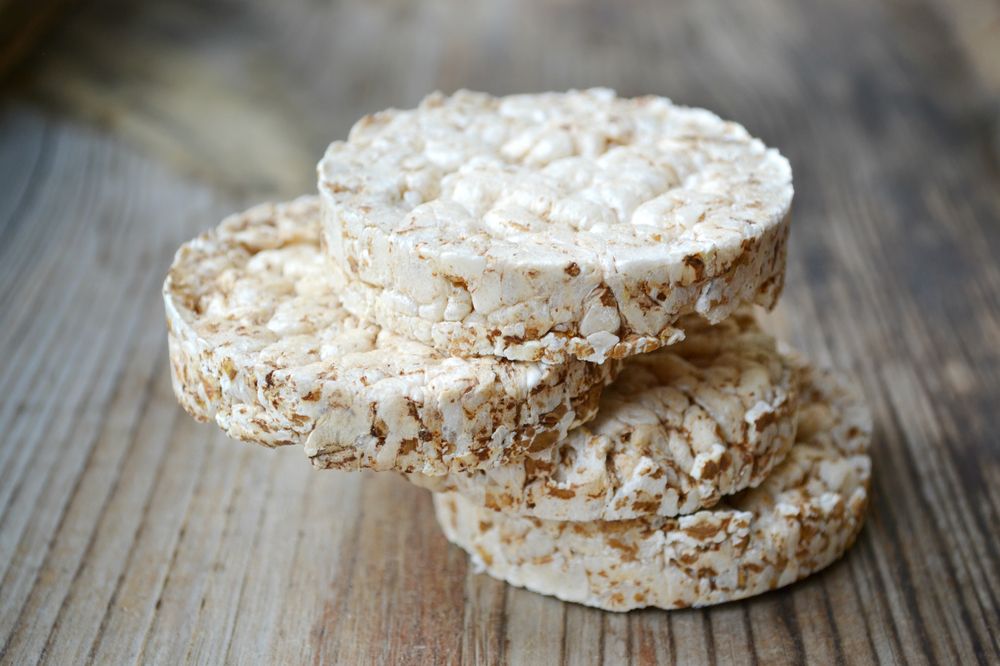
"Plain brown rice cakes serve as a low-calorie alternative to bread or crackers, ideal for enjoying alone as a snack," Anderson suggests. "Thanks to their fiber content and light texture, they enhance satiety."
When opting for flavor add-ons, particularly those containing salt, exercise caution as rice cakes can quickly transition into a higher-calorie option. Anderson recommends Lundberg Family Farms Thin Stackers Brown Rice Lightly Salted Grain Cakes.
7) Pomegranate
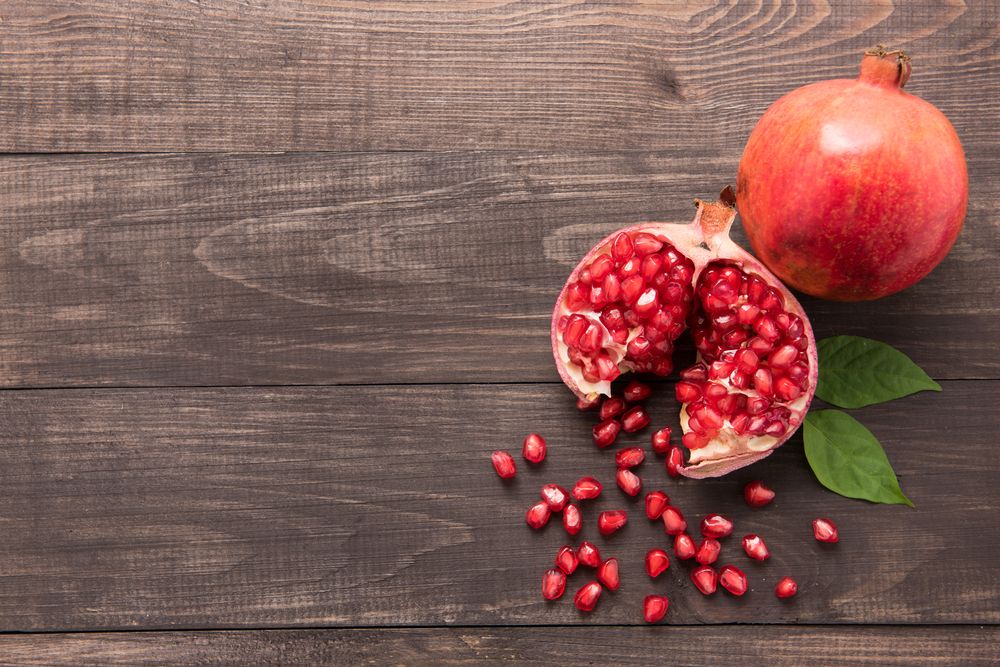
From its seeds to its juice, pomegranates offer numerous health benefits that make them an excellent addition to any nutritious diet. Just one cup of pomegranate seeds contains approximately 120 calories, along with two grams of protein and six grams of fiber. Additionally, studies have shown that consuming 120 mL of pomegranate juice daily for a month led to a significant reduction in fat mass among adults.
"Chewing and consuming the seeds takes time, slowing down your eating process," explains Snyder. "[Pomegranates are] also packed with antioxidants, which some researchers suggest may aid in weight management by promoting beneficial gut microbes that combat unwanted weight gain."
8) Tomatoes
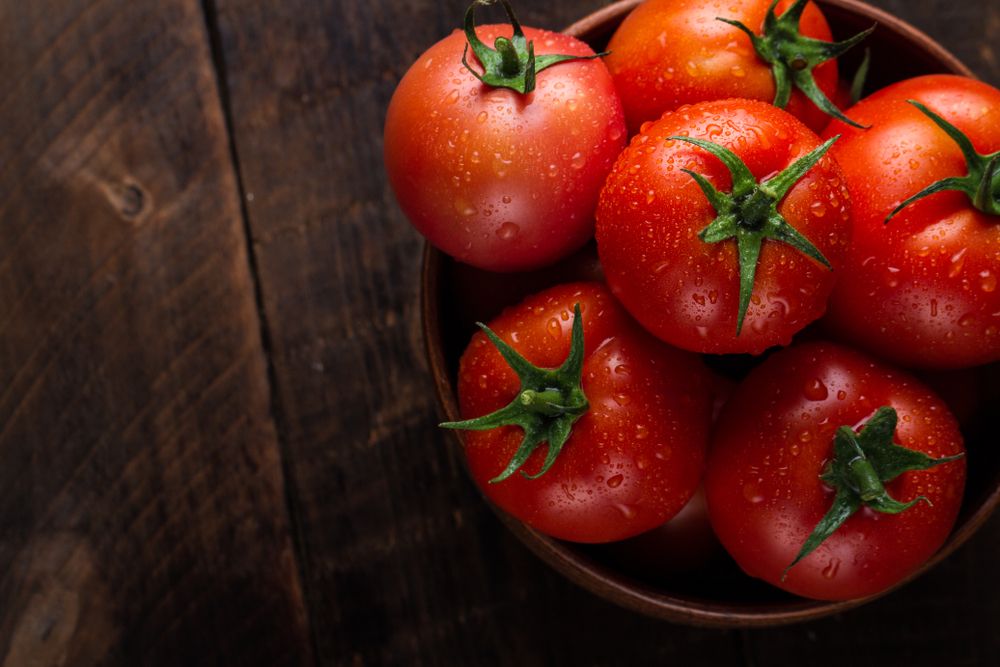
Surprising fact: tomatoes are classified as fruits! A single medium-sized red tomato contains just 22 calories, along with one gram of protein and nearly two grams of fiber. While their fiber and protein content may be modest, tomatoes are virtually fat-free and boast abundant potassium, vitamin K, vitamin C, and folate, as Snyder points out. "[Moreover, they're] comprised of 95% water, providing a satisfying volume."
9) Oats
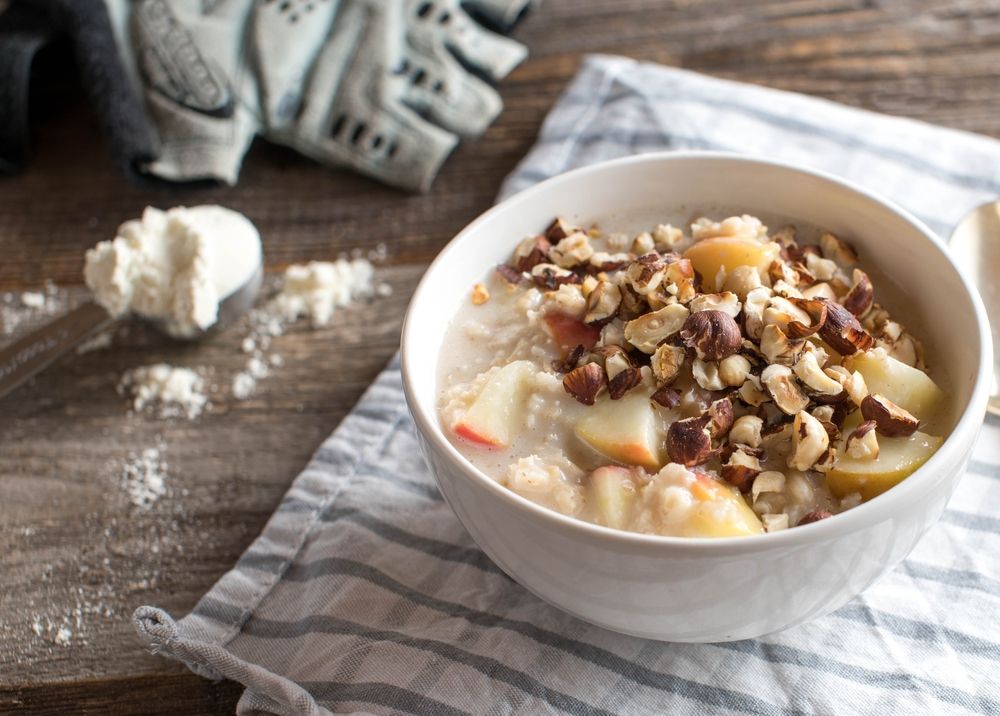
Let's face it: there's nothing quite like a comforting bowl of old-fashioned oats. One cup of cooked oatmeal provides approximately 134 calories, along with five grams of protein and five grams of fiber. Additionally, it serves as an excellent source of zinc, magnesium, phosphorus, and thiamine.
"Cooked oats expand in volume, promoting feelings of fullness," Anderson notes. "Opting for plain oats and adding your own ingredients is the best way to keep this a low-calorie option. Consider enhancing your plain oats with fresh berries, spices, and unsweetened plant milks like almond or rice milk."
10) Pumpkin
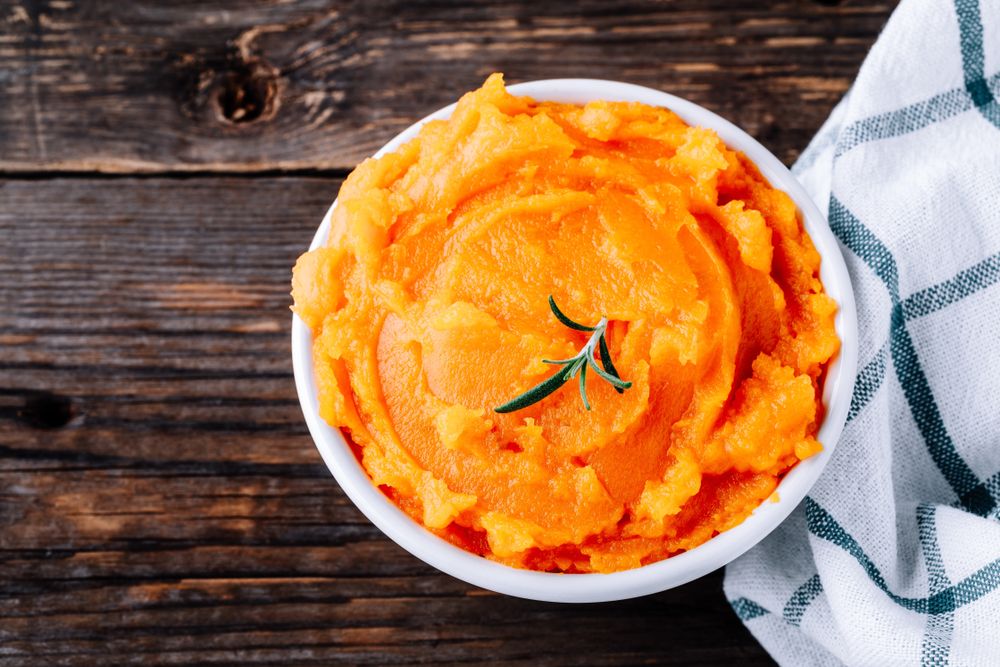
Pumpkin isn't just reserved for fall delights; it's a versatile and low-calorie option that can enhance your diet year-round.
A cup of unsalted canned pumpkin packs just 83 calories, along with three grams of protein and seven grams of fiber. "[It also delivers] a whopping 200% of your daily vitamin A needs, along with generous doses of vitamin K, copper, vitamin E, iron, magnesium, B vitamins, and vitamin C," highlights Snyder.
11) Chickpeas
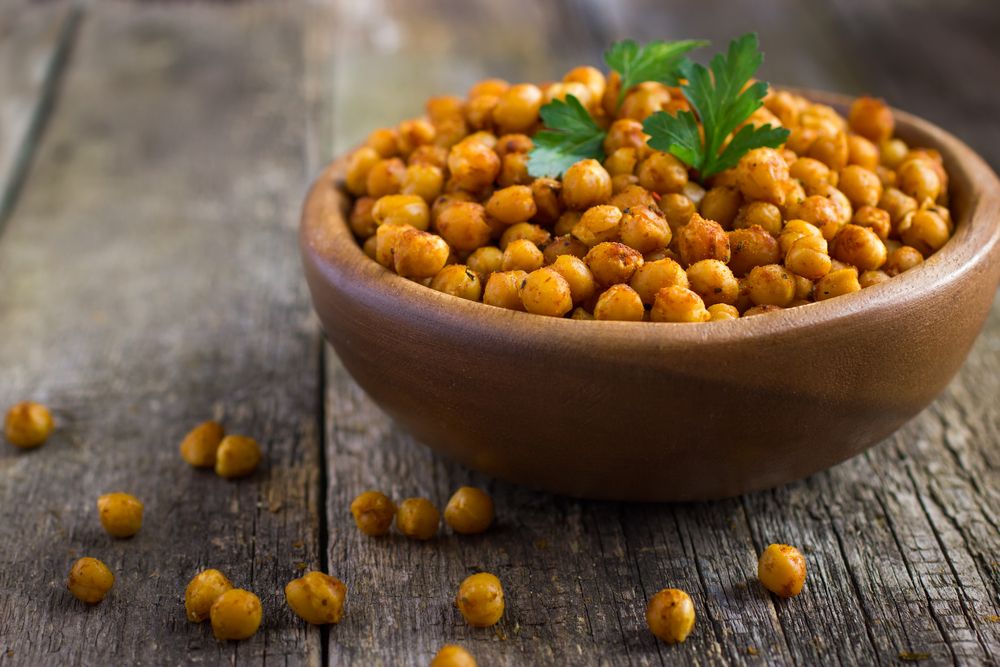
Chickpeas, also referred to as garbanzo beans, belong to the legume family. Studies indicate that incorporating legumes into your regular diet can aid in weight management, as they are rich in dietary fiber. For example, a cup of drained and rinsed chickpeas contains 210 calories, 11 grams of protein, and 10 grams of fiber.
"Chickpeas boast a natural abundance of fiber, protein, B vitamins, iron, phosphorus, and unsaturated fats," notes Anderson. "Opt for unsalted or low-sodium canned chickpeas, and rinse them under cold water to eliminate any excess salt. Incorporating them into your diet as a tasty snack can help control hunger and promote sustained energy levels."
Among Anderson's top dietitian recommendations are Great Value Chick Peas Garbanzos (dried), Kuner's No Salt Added Garbanzo Beans (canned), and Biena Chickpea Snacks (roasted).
12) Grapefruit

A whole pink grapefruit offers 74 calories and three grams of fiber, making it a flavorful and fiber-rich addition to your breakfast routine. Snyder highlights that you'll also receive half of your daily requirement of vitamin C from this citrus gem.
Furthermore, research published in the Journal of Medicinal Food found that consuming half a fresh grapefruit before meals was associated with significant weight loss.
13) Broccoli Rabe

"Non-starchy vegetables are my top choice when aiming to satisfy hunger with minimal calories," shares Kelli Davenport, MS, RD, from Top Nutrition Coaching. "These veggies are packed with essential nutrients, fiber, and water, contributing to overall well-being."
Among Davenport's favorites is broccoli rabe, boasting a mere nine calories per cup chopped. For every 100 grams, broccoli rabe provides 22 calories, three grams of protein, and three grams of fiber.
14) Spaghetti Squash

Spaghetti squash offers a healthier twist to your favorite pasta dishes compared to traditional noodles. "Rich in carotenoids (vitamin A), vitamin C, B6, fiber, magnesium, and potassium," Anderson explains. A cup of cooked spaghetti squash contains 76 calories and two grams of fiber.
15) Parsnips
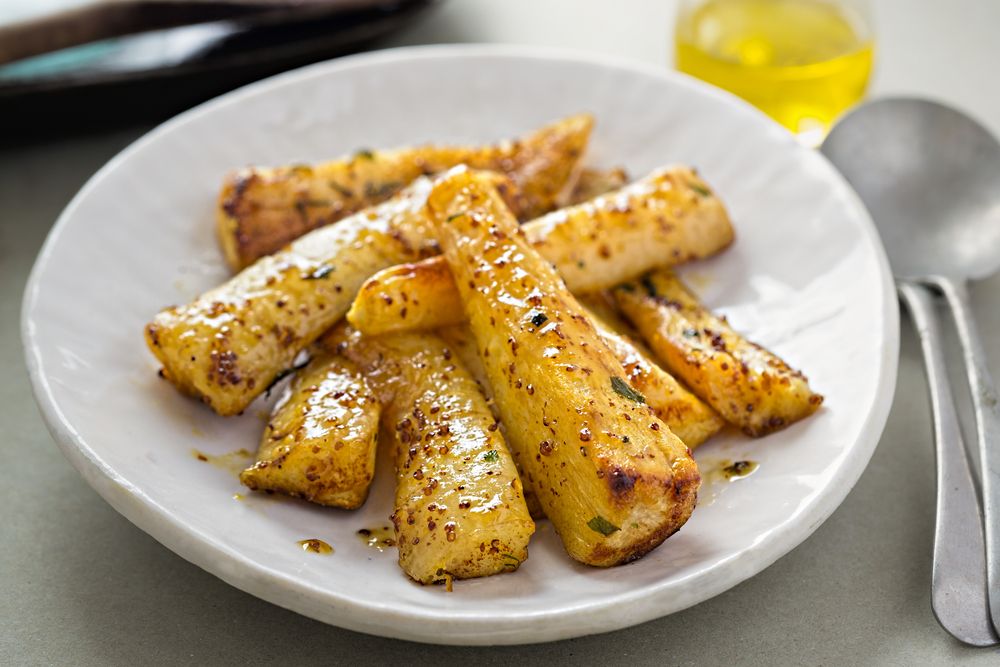
"Parsnips, akin to carrots and parsley, belong to the root vegetable family," Anderson explains. "[They] boast an impressive array of nutrients including fiber, calcium, potassium, manganese, magnesium, phosphorous, zinc, iron, B-vitamins, vitamin C, vitamin E, and vitamin K."
A cup of sliced parsnips contains approximately 100 calories, along with two grams of protein and seven grams of fiber. Incorporate them into your salads for an additional healthy and flavorful element.
16) Passion Fruit

Passionfruit stands as yet another nutritious kitchen staple that you can enjoy without worrying about weight gain. With just 18 calories per fruit and two grams of fiber, it's a guilt-free treat. "Additionally, it offers a wealth of nutrients including vitamin C, vitamin A, iron, and potassium," adds Snyder.
17) Spinach

When it comes to incorporating more leafy greens into your diet, spinach reigns supreme. Its versatility allows it to seamlessly blend into various recipes, including omelets, quiches, smoothies, and pasta dishes.
A single bunch of spinach packs a punch with 78 calories, 10 grams of protein, and nearly eight grams of fiber. "Fiber requires considerable energy to break down, aiding in the absorption of nutrients from food. Thus, consuming high-fiber foods can actually increase calorie expenditure during digestion."
18) Zucchini Squash
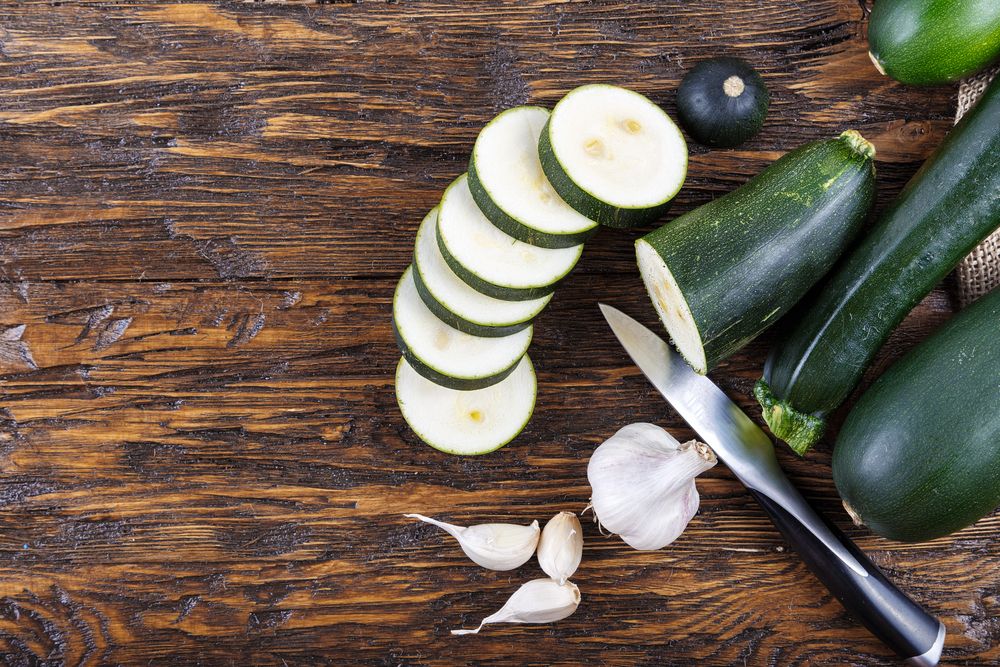
Zucchini squash adds a delightful touch to both sweet and savory recipes, making it a versatile ingredient that can stand alone with just a sprinkle of herbs and spices. "Experiment with oven roasting, air frying, or explore zucchini chip options, such as Crispy Bites Zucchini Chips or McCabe Organic Sun-Dried Zucchini," recommends Anderson.
A large baby zucchini squash contains a mere four calories. While it doesn't provide significant amounts of protein or fiber (less than one gram of each in this serving size), it boasts essential nutrients like phosphorus and potassium. Transform it into zucchini noodles for a nutritious alternative to traditional pasta.
19) Acorn Squash
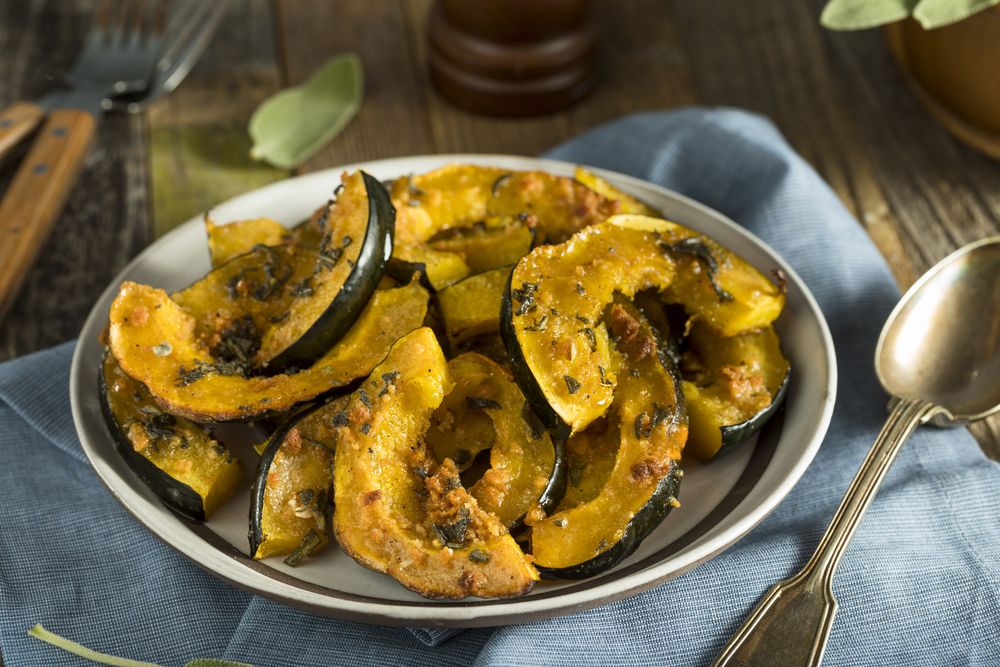
Acorn squash presents another delicious option that effortlessly transforms into "noodles," offering a wholesome substitute for pasta in various dishes. Incorporate it into soups or roast it for a delectably sweet treat.
"Acorn squash is a rich source of vitamin B6, vitamin C, and beta-carotene, supporting both eye and heart health," explains Anderson. With just 172 calories per whole acorn squash, it delivers three grams of protein and six grams of fiber.
20) Fava Beans (Broad Beans)
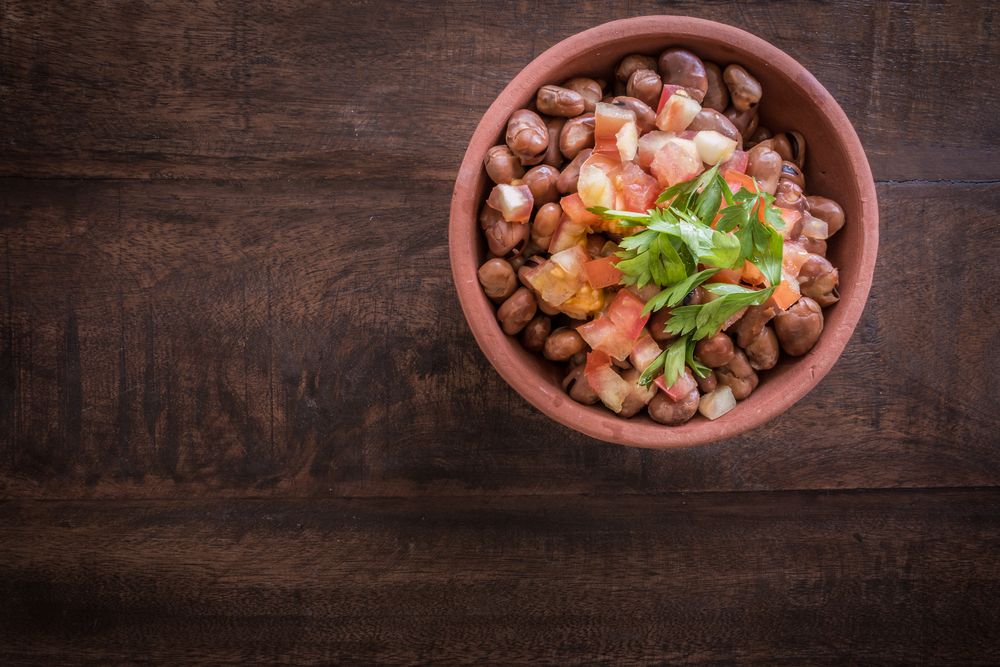
"Fava beans are a nutritional powerhouse, boasting significant amounts of protein, manganese, folate, iron, and fiber," highlights Anderson. With just one cup of fava beans containing 182 calories, they offer an impressive 14 grams of protein and nearly 10 grams of fiber.
"Transformed into a delectable snack when roasted and seasoned with a variety of herbs and spices, fava beans are a flavorful treat," suggests Anderson. For a convenient option, consider adding The Good Bean Crispy Favas, Sea Salt to your grocery list.
21) Edamame

"Edamame packs a punch with its high protein, fiber, and potassium content," notes Anderson. "Eating edamame straight from the pod can help regulate food intake by promoting a slower eating pace, which enhances feelings of satisfaction." Instead of relying on salt, Anderson recommends seasoning your edamame with an array of spices and herbs for a burst of flavor.
22) Bok Choy
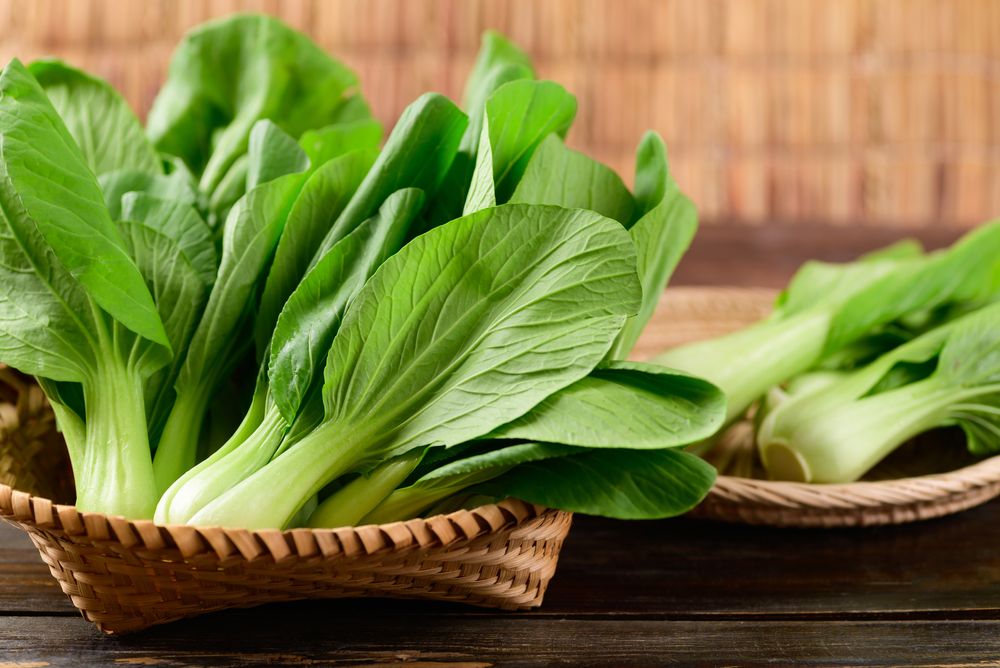
Looking to elevate your leafy greens repertoire? Look no further than bok choy, a nutrient-rich vegetable that's low in calories but high in benefits. Studies even suggest that incorporating this veggie into your diet could help reduce fat accumulation.
A single head of bok choy contains approximately 109 calories, along with an impressive 13 grams of protein and eight grams of fiber. "Fiber plays a key role in promoting satiety and supporting gut regularity," explains Davenport. "Additionally, it serves as fuel for the beneficial bacteria in our gut, making bok choy an excellent source of prebiotics."
23) Jalapeño

Davenport recommends adding a kick to your meals by incorporating jalapeños. A cup of sliced jalapeño peppers offers three grams of fiber and one gram of protein, all for just 26 calories. Moreover, studies indicate that capsaicin, a compound present in hot peppers like jalapeños, may help boost metabolism and facilitate weight loss.
24) Watercress
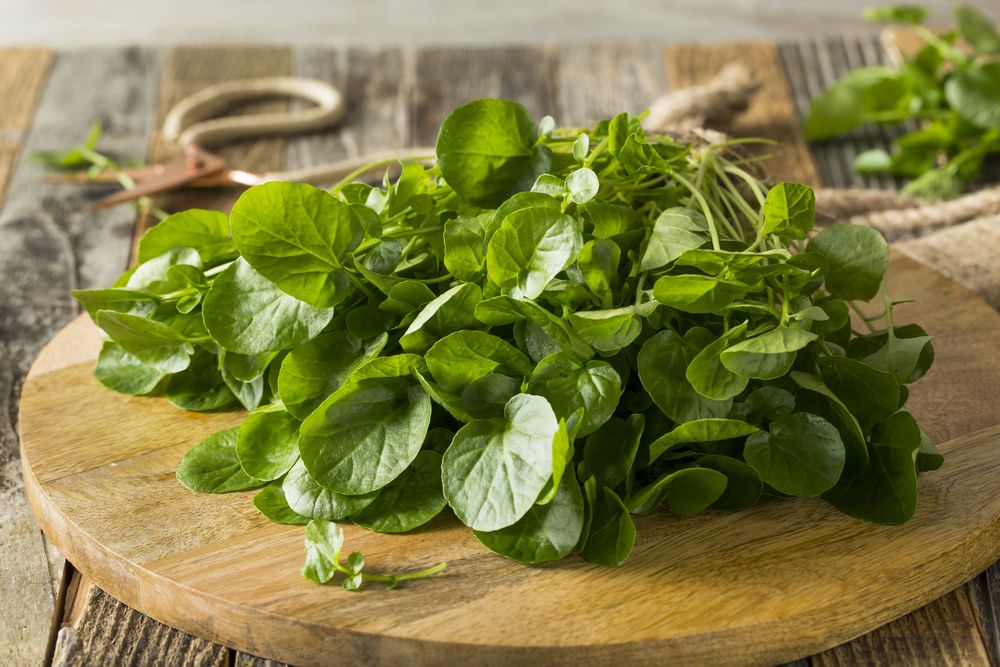
If watercress hasn't been a staple in your salads, now's the perfect time to make a change. With just four calories per cup of chopped watercress, you're not only getting a low-calorie addition but also a nutrient powerhouse. It's packed with essentials like 20 milligrams of phosphorous, 112 milligrams of potassium, and 41 milligrams of calcium.
25) Celery

Finally, let's not forget about celery—a true contender for any low-calorie list. With just 14 calories per cup of chopped celery and nearly two grams of fiber, it's a nutritious option that won't derail your diet. Plus, its high water content adds to its filling power without adding many calories.
Celery is an ideal snack to keep on hand, especially during warm summer days. Its refreshing crunch makes it satisfying on its own or paired with creamy nut butter, hummus, or a homemade ranch dip for an extra treat.

